Sewer Line Repair Costs: Roots, Clogs & Replacement Prices
The Impact of Roots on Your Sewer Line and Removal Costs
Tree roots are a formidable enemy of sewer lines. They infiltrate pipes through small cracks or joints, seeking out moisture and nutrients. This infiltration can cause significant damage, leading to costly blockages and repairs.
The cost of removing roots from sewer pipes can vary widely. Root removal might cost anywhere from a few hundred dollars to several thousand, depending on the severity. The size of the root mass and the length of the affected area significantly influence this cost.
Hydro jetting is a prevalent method to tackle root intrusion. It uses high-pressure water jets to clear roots. This method is often more cost-effective than traditional ones and less invasive too. However, the cost is still dependent on the extent of the problem.
When addressing root-related issues, consider these factors that affect costs:
- Severity of root intrusion
- Length and size of the affected pipe
- Method of root removal (e.g., hydro jetting, mechanical augers)
- Labor and local permit costs
Being proactive can also help. Regular inspections and timely root removal prevent severe damage, reducing long-term expenses. Understanding the impact and costs associated with roots in your sewer line is key to effective property management.
Main Sewer Line Clog Repair: What You Need to Know
Main sewer line clogs can be a major concern for homeowners. They often lead to unpleasant issues like slow drains or sewage backups. Identifying the cause of a clog is the first step in addressing it effectively.
The cost to repair these clogs can vary based on different factors. Simple clogs might be resolved with basic snaking, which tends to be less costly. However, more complex issues might require camera inspections or hydro jetting, which can increase the repair expenses.
Several factors can lead to main sewer line clogs, including:
- Tree root invasion
- Grease and fat buildup
- Presence of foreign objects
Using a video camera inspection helps diagnose the exact cause of the clog accurately. While this adds to the initial cost, it ensures the most effective solution is applied. Often, this can save money in the long run by preventing repeat issues.
Ultimately, understanding the causes and addressing them promptly is crucial. By doing so, homeowners can avoid more extensive damage and higher repair costs in the future. It's essential to engage professionals who can offer a precise diagnosis and an effective solution.
The Cost of Replacing a Sewer Line Under a Slab
Replacing a sewer line under a slab can be a daunting task. It often involves significant disruption and expense due to the need to access the pipe buried beneath a concrete slab. The process requires careful planning and precision to avoid damaging the existing structure.
The cost of replacing a sewer line in this context is generally higher. Factors contributing to the cost include the complexity of accessing the pipe, which usually involves breaking through concrete. This aspect makes the project labor-intensive, thus driving up labor costs.
Homeowners should consider different methods for tackling the job. Traditional excavation is one option, though often more invasive. On the other hand, trenchless technology, such as pipe bursting or lining, offers an alternative that can minimize disruption and restore function efficiently.
Key considerations influencing costs include:
- The length of the sewer line needing replacement
- The depth of the existing line beneath the slab
- The choice between traditional versus trenchless repair methods
Selecting trenchless options can often save both time and money, provided the site conditions allow for their use. While upfront costs might seem higher, these methods can reduce restoration expenses and often offer long-term savings.
Ultimately, it is vital for homeowners to understand the pros and cons of each repair method. Consulting with a licensed professional can provide clarity on the best approach for the specific circumstances, thereby ensuring a reliable and cost-effective solution.
Sewer Belly Repair: Understanding the Costs and Solutions
A sewer belly occurs when a section of the sewer line sags or dips, creating a low spot. This low area can cause blockages and backups as waste and water accumulate. Over time, the problem may escalate, leading to more severe issues if not addressed promptly.
Repairing a sewer belly involves re-aligning the sagging pipe section to restore proper flow. The cost varies based on several factors, such as the length of the affected area and the chosen repair method. It's essential to address the issue swiftly to minimize potential damage.
Several methods exist to fix a sewer belly. Traditional excavation remains an option, though it's often more costly and disruptive. Trenchless solutions are increasingly popular due to their efficiency and reduced impact on the surrounding area. Both methods have distinct costs and benefits depending on the situation.
Key points to consider when dealing with sewer bellies include:
- Length of the Affected Section: Longer sections often mean higher costs.
- Repair Method Chosen: Trenchless may offer savings on restoration.
- Soil Conditions and Location: These factors affect both cost and feasibility.
Understanding the different repair methods and associated costs helps homeowners make informed decisions. Consult a professional to explore the best solutions based on specific needs and site conditions, ensuring a reliable and effective repair.
Factors Influencing Sewer Line Repair Costs
Several key factors influence the overall cost of sewer line repairs. Understanding these variables helps homeowners anticipate potential expenses and make informed decisions. One critical element is the material and size of the sewer line. Different materials have unique durability and repair needs, which impact cost.
Another factor is the depth and accessibility of the sewer line. Lines buried deeper or in hard-to-reach areas often result in higher costs. The chosen repair method also plays a significant role in pricing. Trenchless methods can offer cost-saving advantages over traditional excavation.
Potential additional costs may include:
- Local permits and regulations
- Landscaping restoration
- Potential impact on driveways or sidewalks
Labor costs and regional variations further affect pricing. Engaging local contractors can provide insight into area-specific costs. The homeowner's insurance policy might cover some repair costs, depending on the cause of damage. It's crucial to understand what's included in a policy.
Environmental conditions also impact costs. Areas prone to tree root intrusion or frequent ground movement often face increased repair expenses.
Conducting regular inspections and maintenance can help mitigate these risks. Consider these influencing factors when planning for sewer line repairs.
Material and Size of the Sewer Line
Different sewer pipe materials, such as clay, cast iron, and PVC, have varied lifespans and repair complexities. Older materials like clay or cast iron may need more frequent repairs, raising costs. In contrast, PVC is often more resistant to damage, potentially lowering repair expenses.
Pipe size also affects repair costs. Larger sewer lines typically require more materials and labor, leading to higher costs. When assessing repair needs, consider both the material and size of the existing sewer line. These factors can significantly influence the overall expenditure.
Depth and Accessibility of the Sewer Line
The deeper a sewer line is buried, the more it costs to repair. Deeper lines require more excavation or specialized equipment, increasing labor and time needed. Conversely, sewer lines closer to the surface often incur lower repair costs.
Accessibility also affects the financial outlay. Lines in hard-to-reach places, like under patios or driveways, can escalate repair expenses. Planning ahead and knowing your property's layout help in managing expectations regarding accessibility challenges and related costs.
Repair Method: Trenchless vs. Traditional
Trenchless sewer repair methods, like pipe bursting or pipe lining, are often more cost-effective than traditional excavation. They minimize landscape disruption and often reduce labor costs. These methods can be particularly beneficial for repairs under driveways or mature landscaping.
Traditional methods often entail more invasive procedures, potentially leading to higher costs due to extensive digging and restoration. The choice between trenchless and traditional methods should consider the specific circumstances, including the extent of damage and budget constraints. Consulting a professional can help determine the most suitable approach.
Preventative Measures and Maintenance to Avoid Costly Repairs
Proactive maintenance can significantly reduce the likelihood of costly sewer line repairs. Regular inspections help identify potential issues before they escalate. Professional assessments every few years can spot early signs of wear or damage.
Practicing careful waste disposal is another key preventative measure. Avoid flushing items like wipes, grease, or harsh chemicals, as these can contribute to blockages and pipe damage. Being mindful of what goes down the drain helps maintain a healthy sewer system.
Consider adopting the following habits to protect your sewer line:
- Schedule annual or biannual professional cleanings
- Install drain screens to catch debris
- Avoid planting trees near sewer lines
Maintaining a buffer zone around sewer lines by keeping roots at bay can prevent root intrusion. Using modern technology, like sensors, can also aid in early detection of issues, allowing timely intervention. Prevention, coupled with regular maintenance, can extend the lifespan of your sewer system and save you money in the long run.
When to Consult a Professional: Signs of Sewer Line Issues
Identifying early signs of sewer line problems can save you significant hassle and costs. Being aware of these indicators can prompt timely action. Slow drainage across multiple fixtures often signals a larger issue within your sewer line.
Look out for persistent gurgling sounds in pipes or foul odors emerging from drains. These symptoms point to potential blockages or breaks in the sewer line.
Here are signs that it may be time to call a professional:
- Multiple drains backing up simultaneously
- Unexplained patches of green grass over the sewer line
- Frequent need to unclog toilets or sinks
Recognizing these issues early enables prompt professional intervention. This can prevent minor issues from escalating into major repairs. Always prioritize contacting a licensed expert when encountering these warning signs.
Conclusion and Next Steps for Homeowners
Addressing sewer line issues promptly can prevent costly damage and protect your home. When issues arise, consult a professional for an accurate diagnosis and effective solutions. Stay proactive by scheduling regular inspections, and always ensure repair work aligns with local codes and standards.
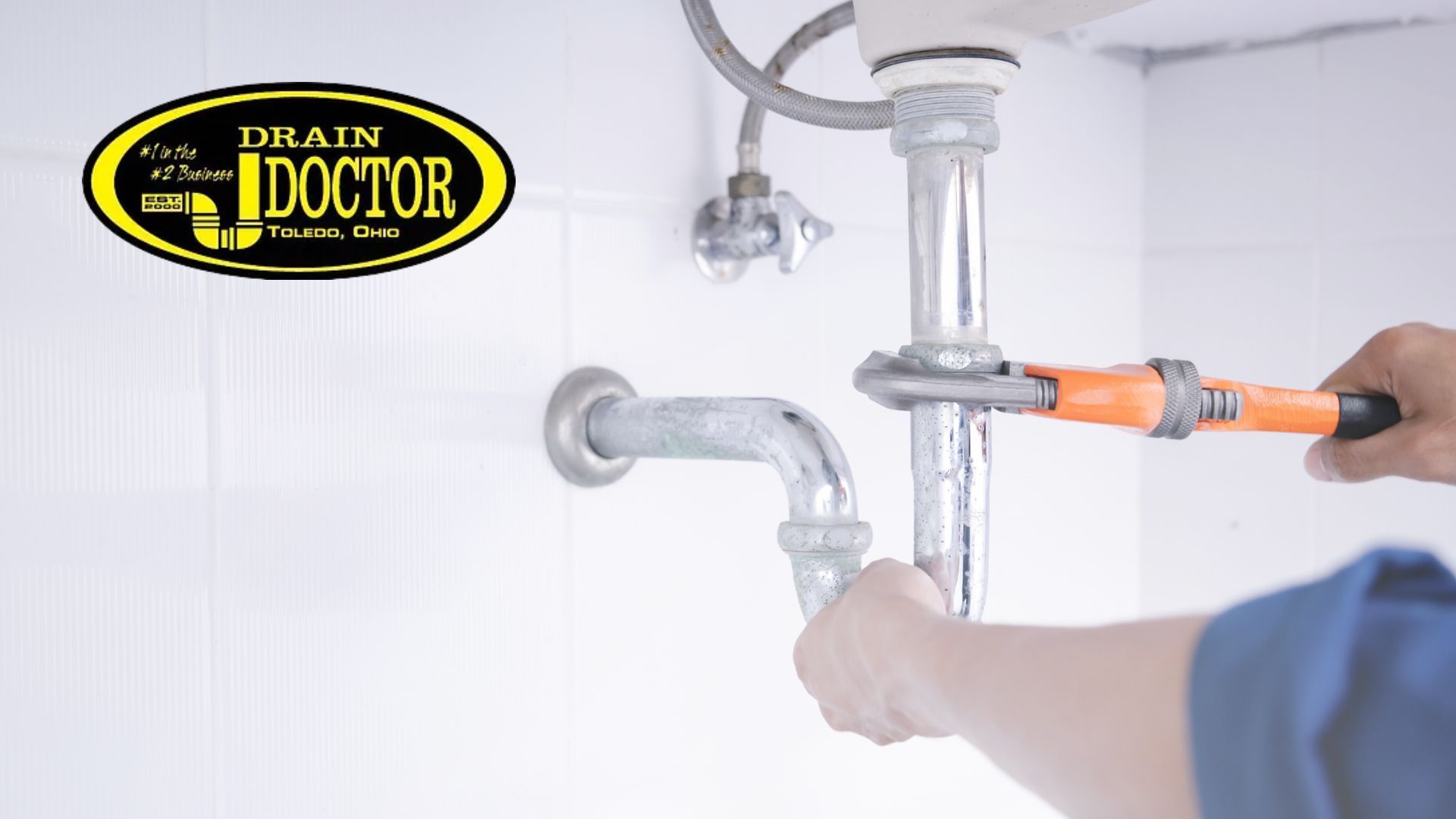
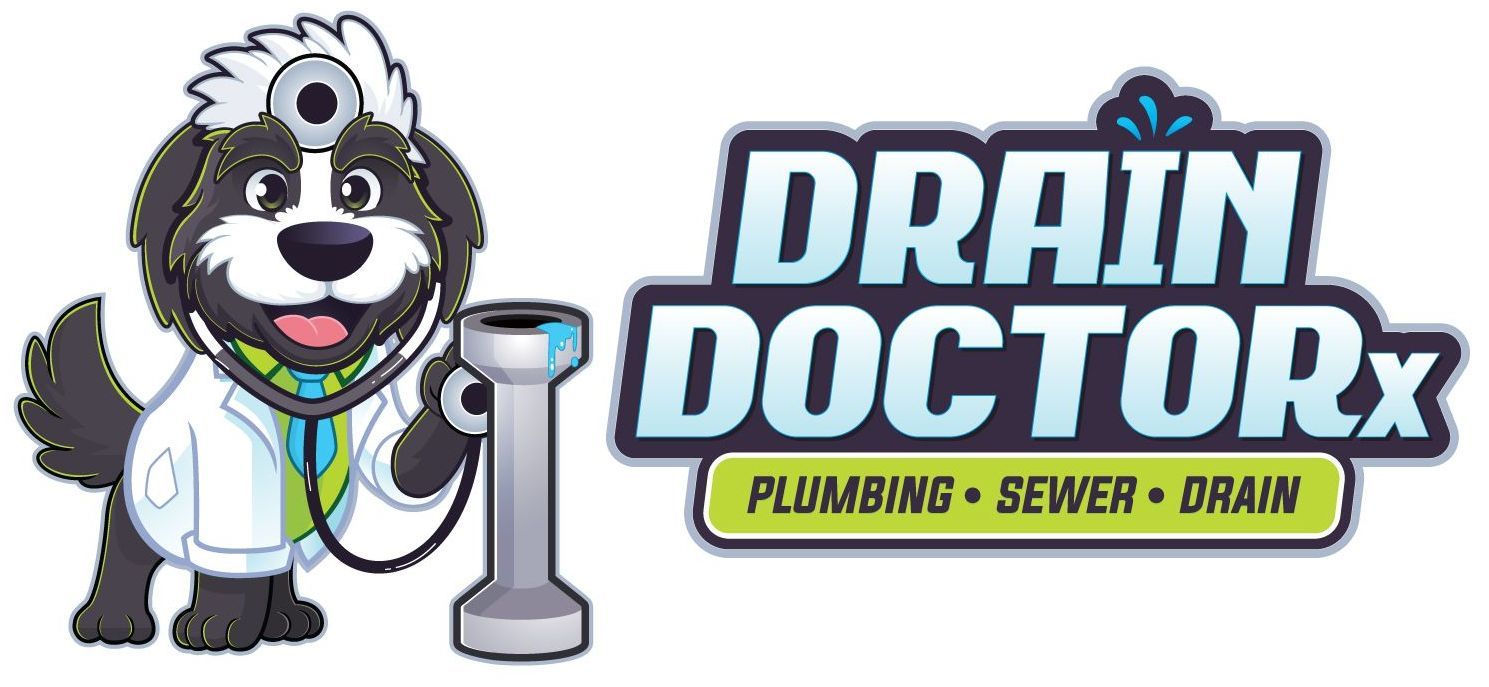
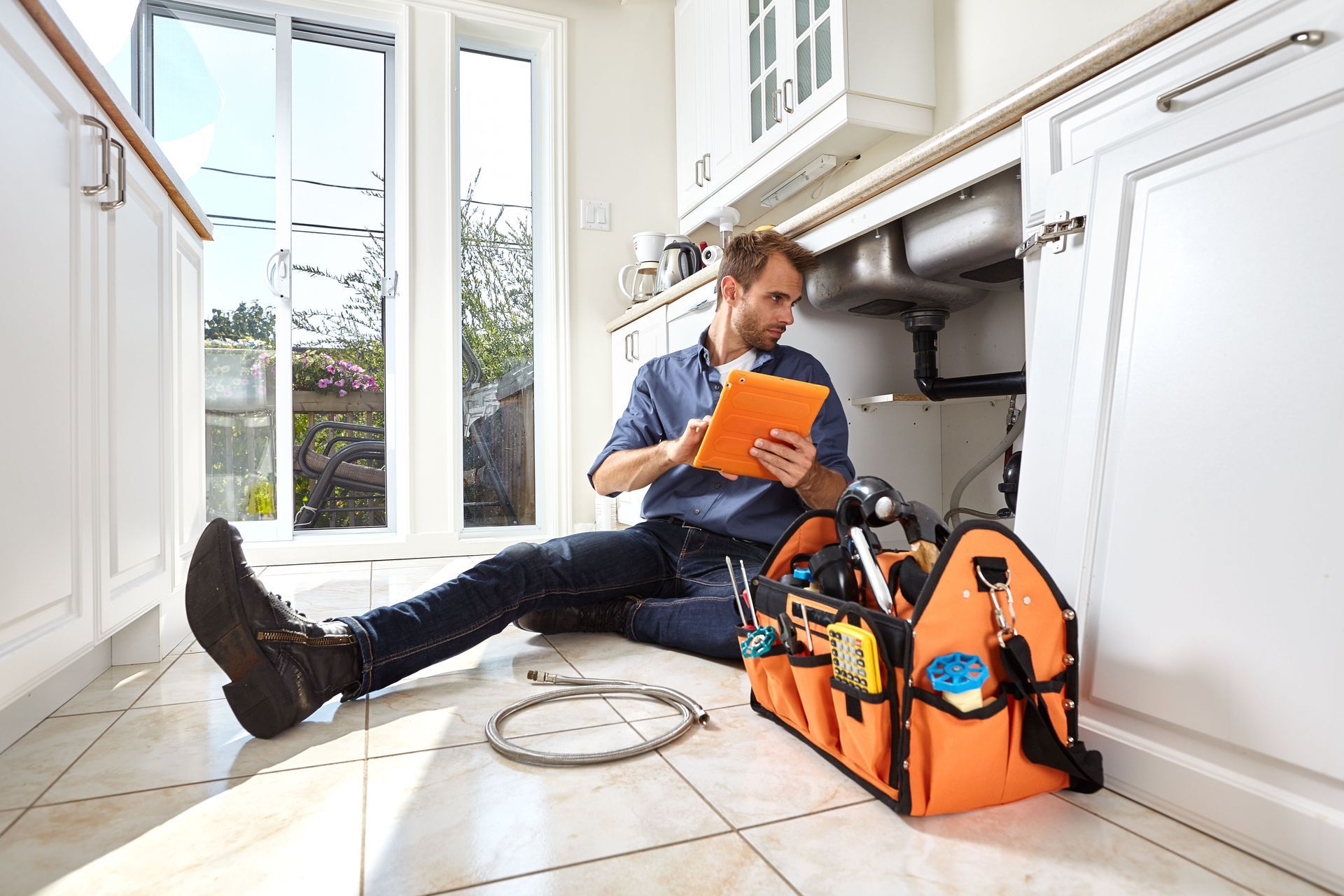

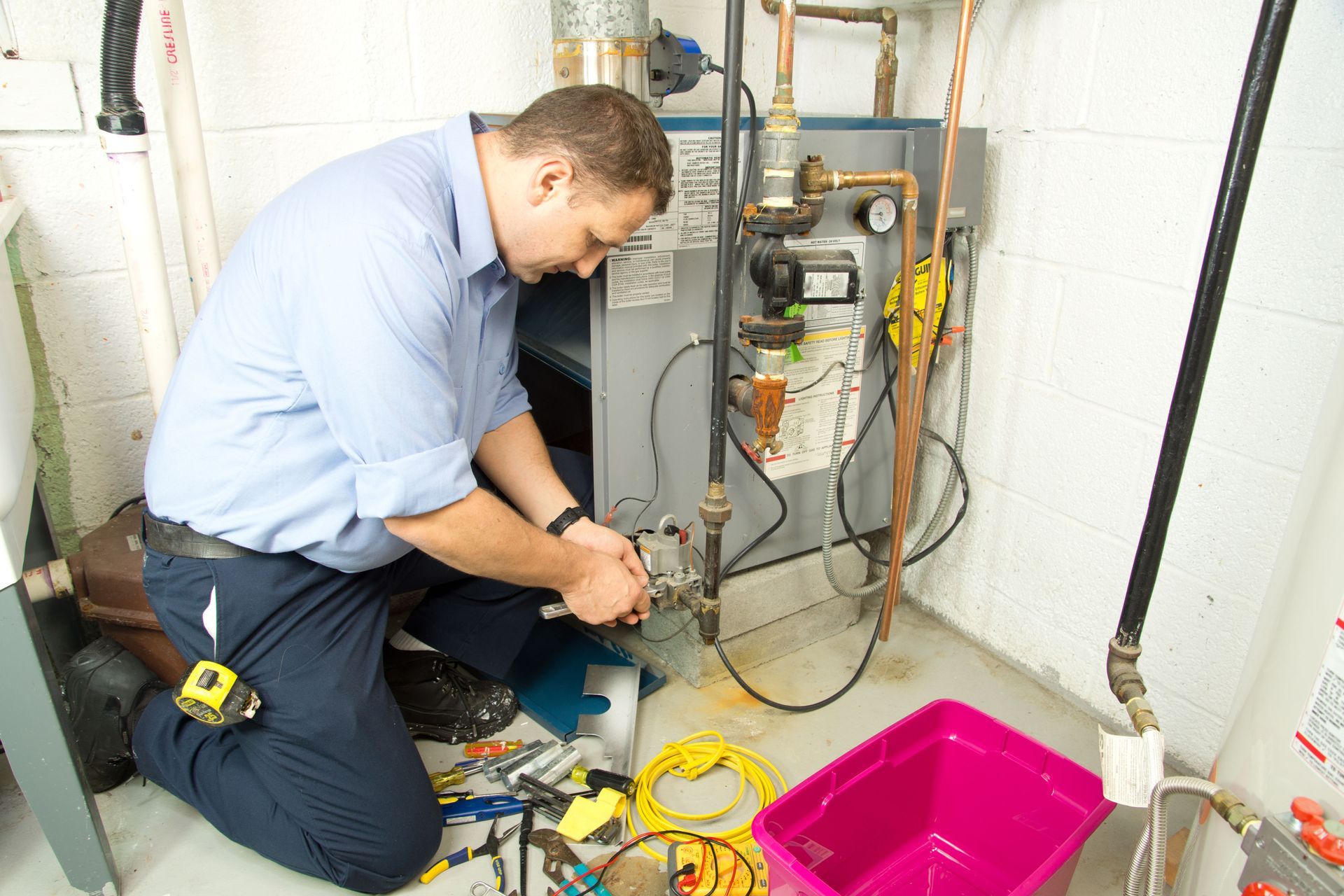
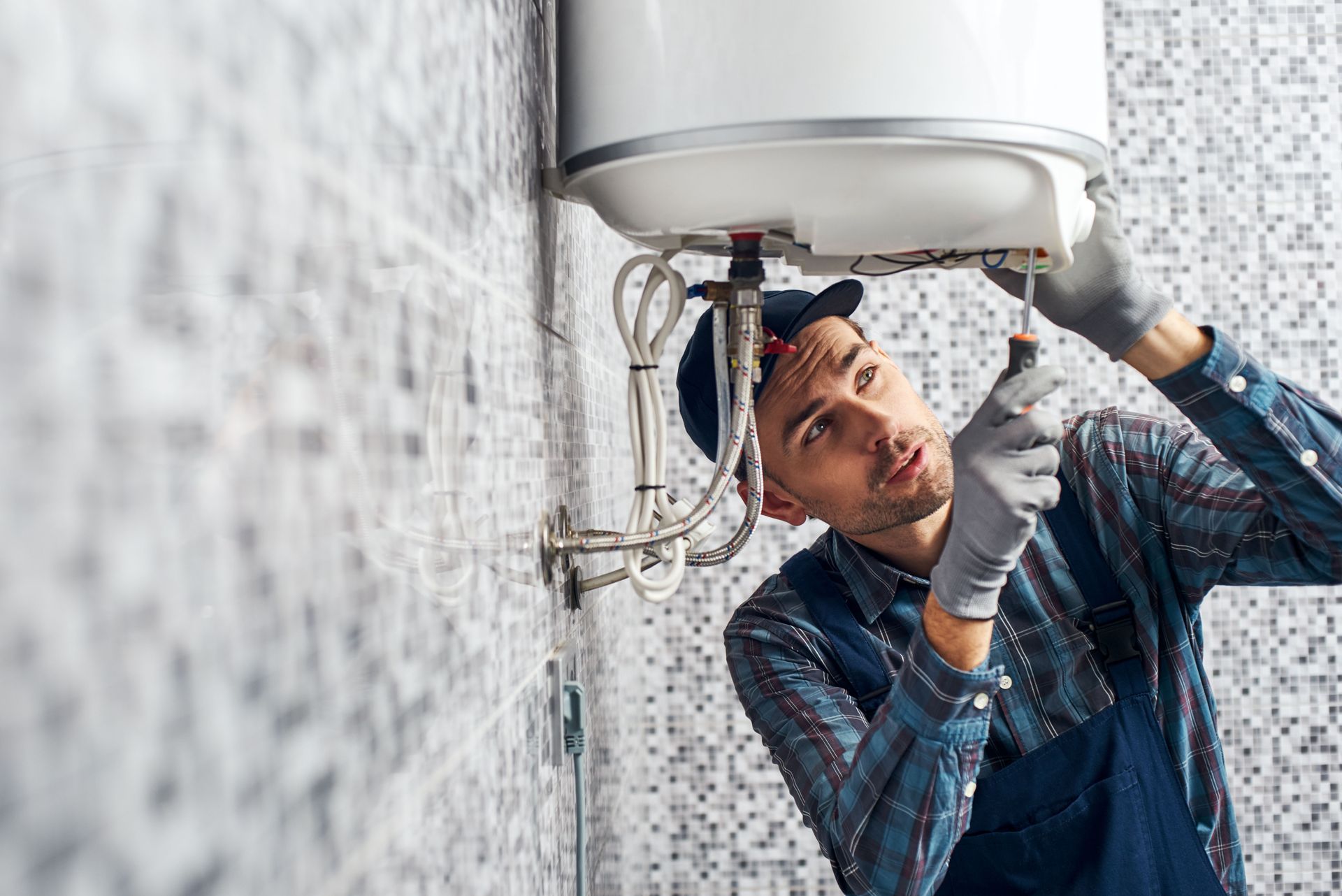
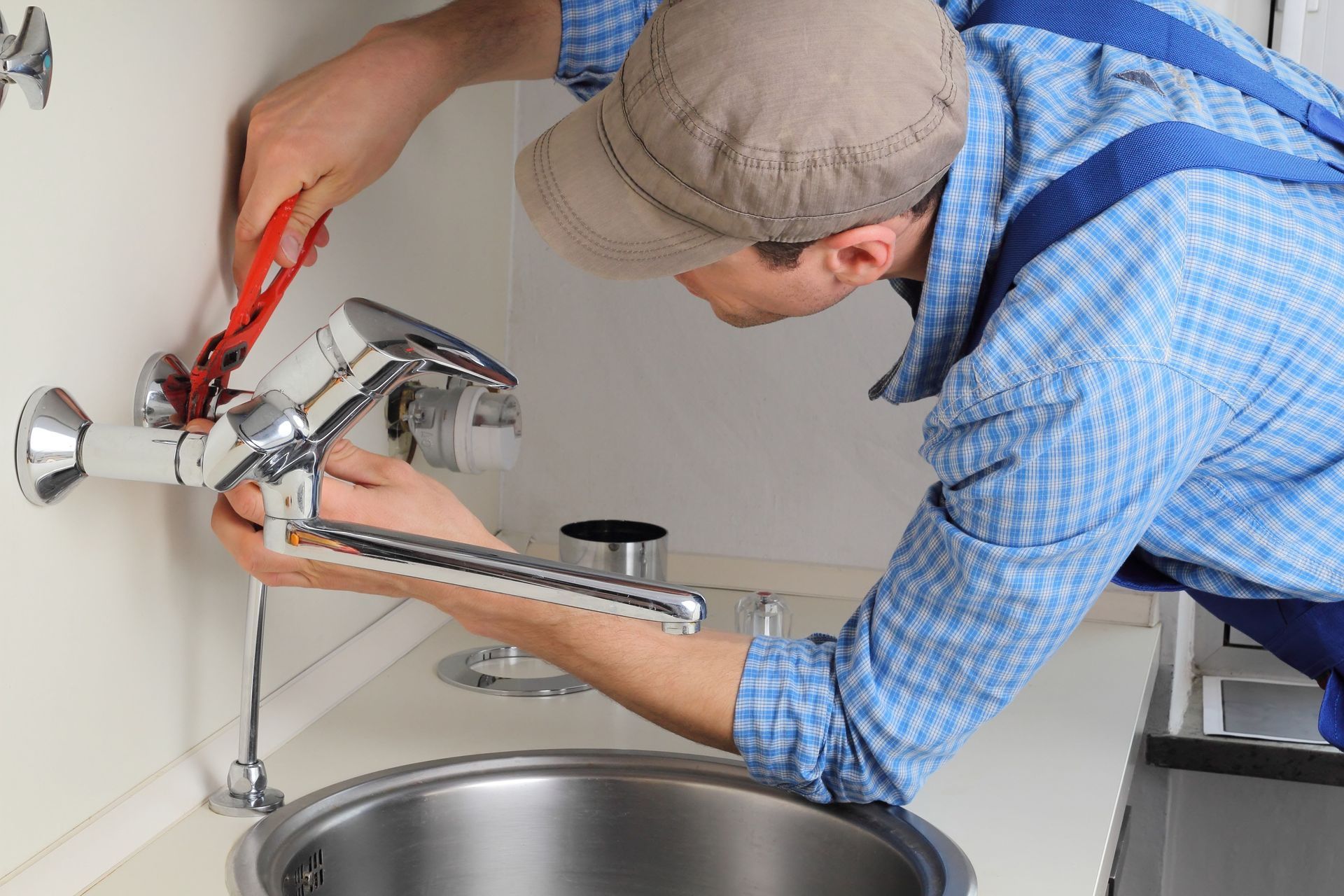


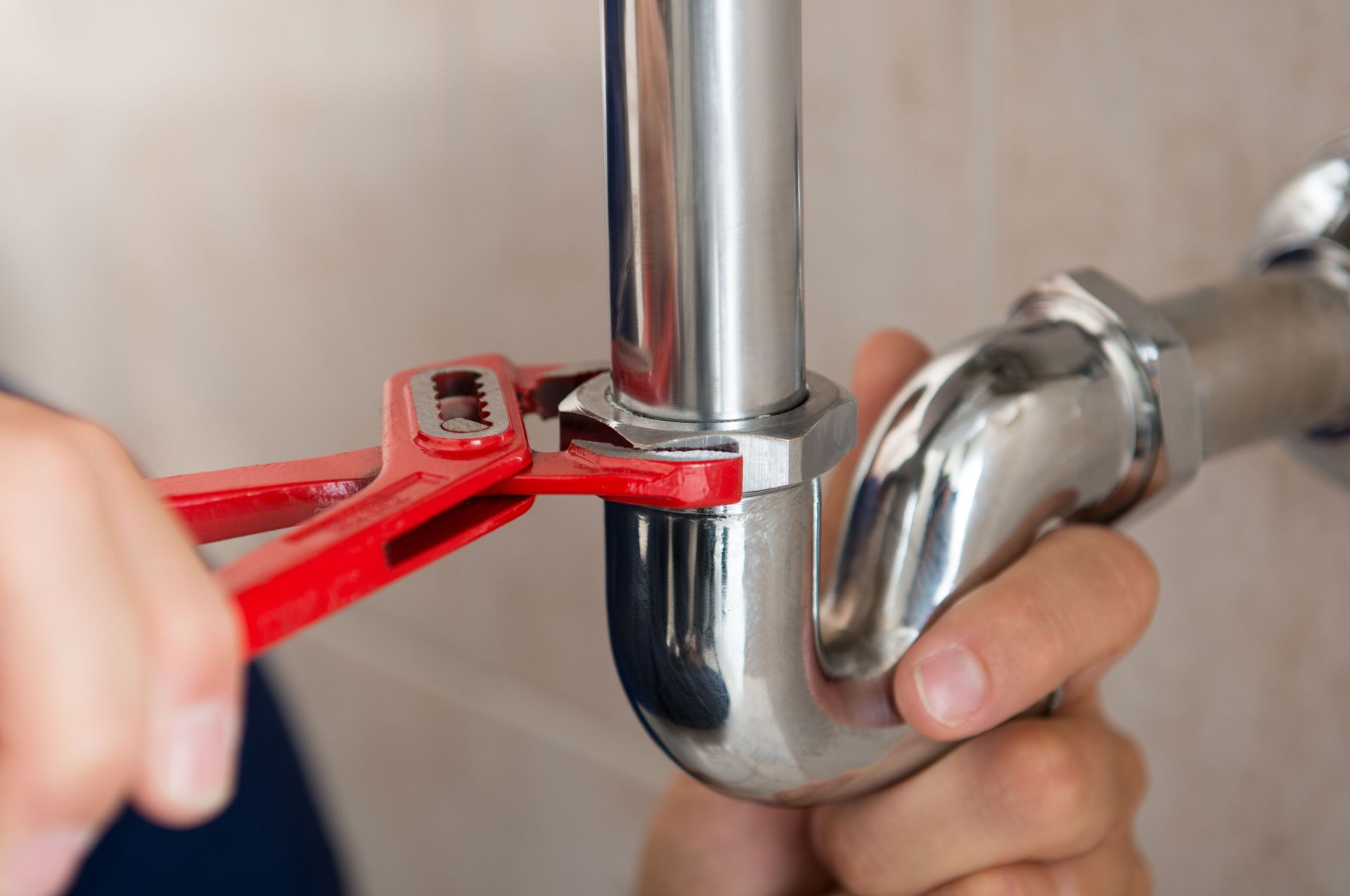

Share On: